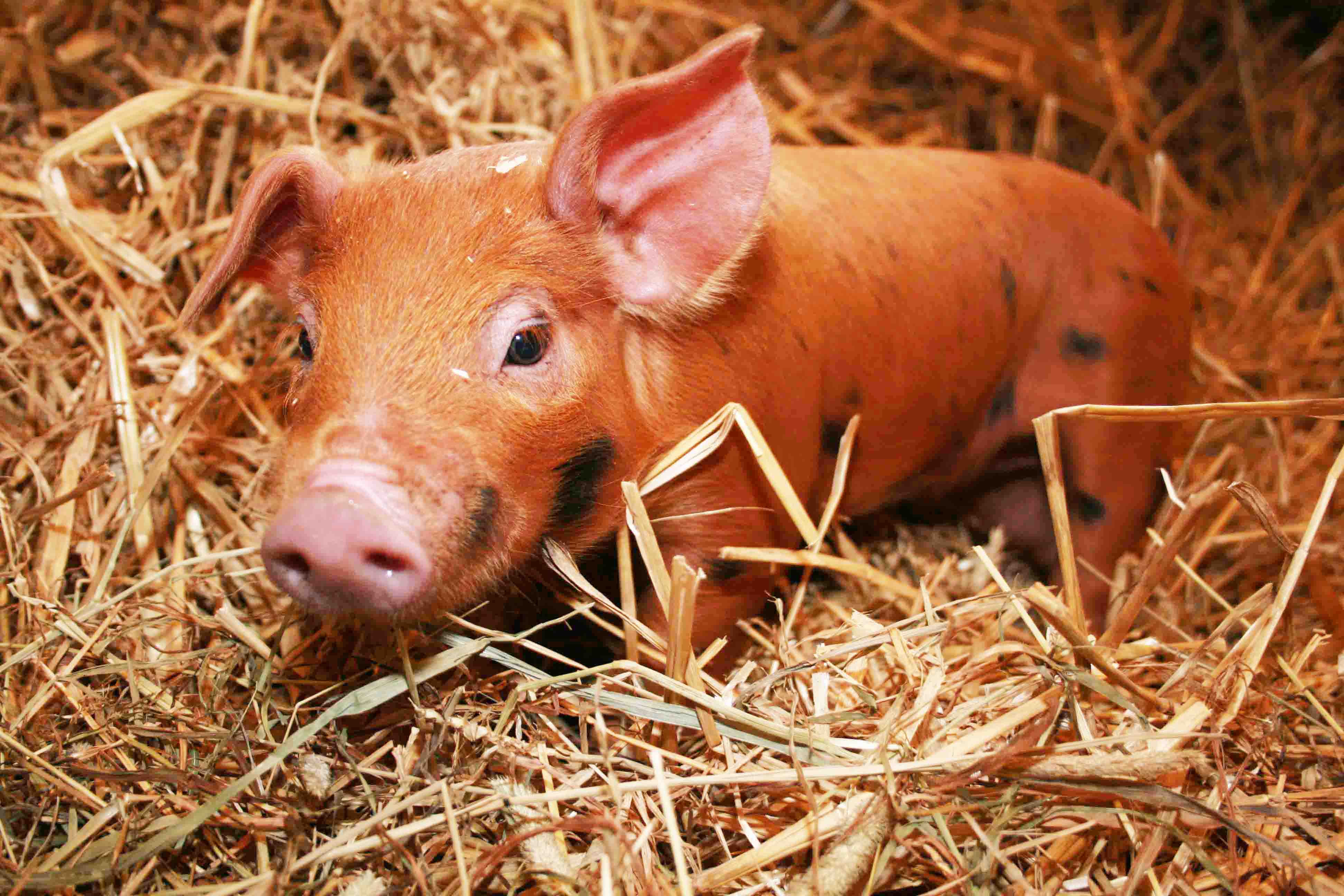
Background
The main types of animal manures include: cattle slurries, pig slurries, and poultry litter. The composition of animal wastes is a complex issue, being dependent on: the class of animal; diet; digestibility of food; bedding; and stage of growth, among other factors.
Analysis of Animal Manures at Celignis
Celignis Analytical can determine the following properties of Animal Manures samples:
Sugars (Monosaccharides)
Sugar Alcohols and Uronic Acids
Lignin and Extractives
- Lignin (Klason)
- Lignin (Klason - Protein Corrected)
- Lignin (Acid Soluble)
- Acid Insoluble Residue
- Extractives (Ethanol-Soluble)
- Extractives (Water-Soluble)
- Extractives (Exhaustive - Water then Ethanol)
- Lignin S/G Ratio
- Extractives (Water-Insoluble, Ethanol Soluble)
- Protein Content of Acid Insoluble Residue
- Carbon Content of Acid Insoluble Residue
- Hydrogen Content of Acid Insoluble Residue
- Nitrogen Content of Acid Insoluble Residue
- Sulphur Content of Acid Insoluble Residue
Amino
Acids
Thermal Properties
- Moisture
- Ash
- Ash (Acid Insoluble)
- Carbon
- Hydrogen
- Nitrogen
- Sulphur
- Oxygen
- Volatile Matter
- Fixed Carbon
- Gross Calorific Value
- Net Calorific Value
- Chlorine
- Ash Shrinkage Starting Temperature (Oxidising)
- Ash Deformation Temperature (Oxidising)
- Ash Hemisphere Temperature (Oxidising)
- Ash Flow Temperature (Oxidising)
- Ash Shrinkage Starting Temperature (Reducing)
- Ash Deformation Temperature (Reducing)
- Ash Hemisphere Temperature (Reducing)
- Ash Flow Temperature (Reducing)
- Thernogram - Under Nitrogen
- Thermogram - Under Air
Major and Minor Elements
Cellulose Content of Animal Manures
Celignis founder Daniel Hayes has extensive experience in the collection, preparation, and chemical/infrared analysis of animal manures. He has carried out a research project, funded by the Irish Environmental Protection Agency, that involved the analysis of cattle slurries, pig slurries, and poultry litter. There were significant compositional differences within and between each of these types.
In general, the carbohydrate contents of animal manures are much lower than those of dedicated energy crops (e.g. Miscanthus) and other agricultural residues (e.g. straws). However glucose (primarily a cellulosic sugar) is typically the most abundant carbohydrate.
Click here to see the Celignis Analysis Packages that determine cellulose content.
Hemicellulose Content of Animal Manures
Hemicellulose content (if assumed to be equal to be total sugars minus glucose content) was noted to be greater than cellulose content (assumed to be equivalent to the glucose content) in pig manures but not in cattle manures. Of the hemicellulosic sugars, xylose is typically the most abundant, followed by arabinose.
Click here to see the Celignis Analysis Packages that determine hemicellulose content.
Lignin Content of Animal Manures
The lignin content of animal slurries can vary substantially according to livestock class and diet.
Click here to see the Celignis Analysis Packages that determine lignin content.
Starch Content of Animal Manures
The starch content of animal manures can vary greatly according to the species and their diet.
Click here to see the Celignis Analysis Packages that determine starch content.
Enzymatic Hydrolysis of Animal Manures
We can undertake tests involving the enzymatic hydrolysis of Animal Manures. In these experiments we can either use a commercial enzyme mix or you can supply your own enzymes.We also offer analysis packages that compare the enzymatic hydrolysis of a pre-treated sample with that of the native original material.
Click here to read more about enzymatic hydrolysis and to see the various analysis packages that we offer.
Ash Content of Animal Manures
Ash can be a significant component of animal manures. This may be a problem when considering suitable technologies for valorising this waste.
Click here to see the Celignis Analysis Packages that determine ash content.
Heating (Calorific) Value of Animal Manures
The heating value of animal slurries is typically very low due to their high moisture and ash contents. It may therefore be necessary to dry slurries before they are used in combustion or thermochemical processes. However, poultry litter can have a significantly lower moisture content than many other animal wastes (e.g. pig/cattle slurries).
Click here to see the Celignis Analysis Packages that determine heating value.
Biomethane Potential (BMP) of Animal Manures
Animal manures are one of the primary feedstocks used in anaerobic digestion.
The biochemical methane potential (BMP) can vary significantly according to the type of animal, its diet, and its stage of growth. For this reason we recommend that direct determination of the BMP is undertaken in order to fully understand the potential biogas yields from your samples, rather than relying on data from the literature.
Click here to see the Celignis Analysis Packages that determine the biomethane potential (BMP) and here to read more about anaerobic digestion and the most important analytes for this process.
Bulk Density of Animal Manures
At Celignis we can determine the bulk density of biomass samples, including Animal Manures, according to ISO standard 17828 (2015). This method requires the biomass to be in an appropriate form (chips or powder) for density determination.Click here to see the Celignis Analysis Packages that determine bulk density.
Basic Density of Animal Manures
At Celignis we can determine the basic density of some suitable biomass samples. The method requires the biomass to be in an appropriate form (chips) for density determination.Click here to see the Celignis Analysis Packages that determine basic density.
| Previous Feedstock | Next Feedstock |
Go Back to List of Feedstocks.
Energy
Crops
Agricultural Residues and Wastes
Industrial Residues and Wastes
Municipal
Wastes
Biorefinery
Products






